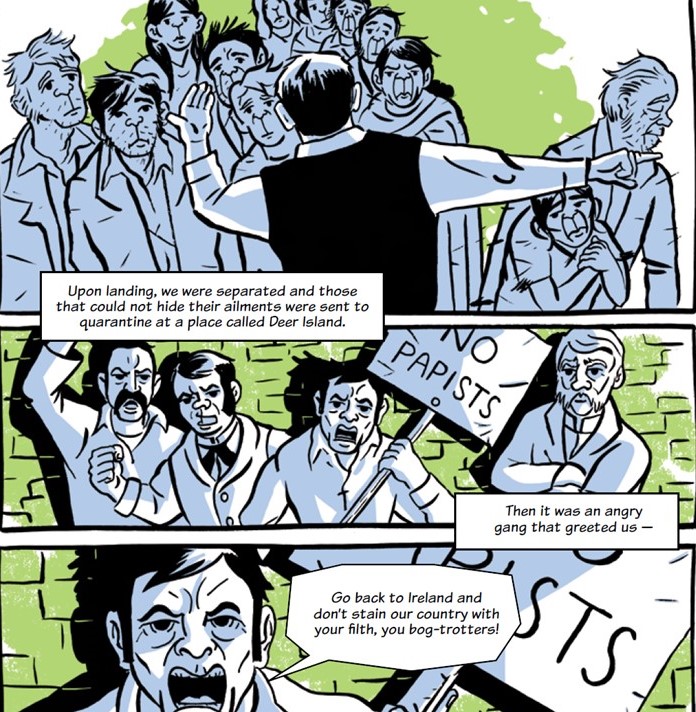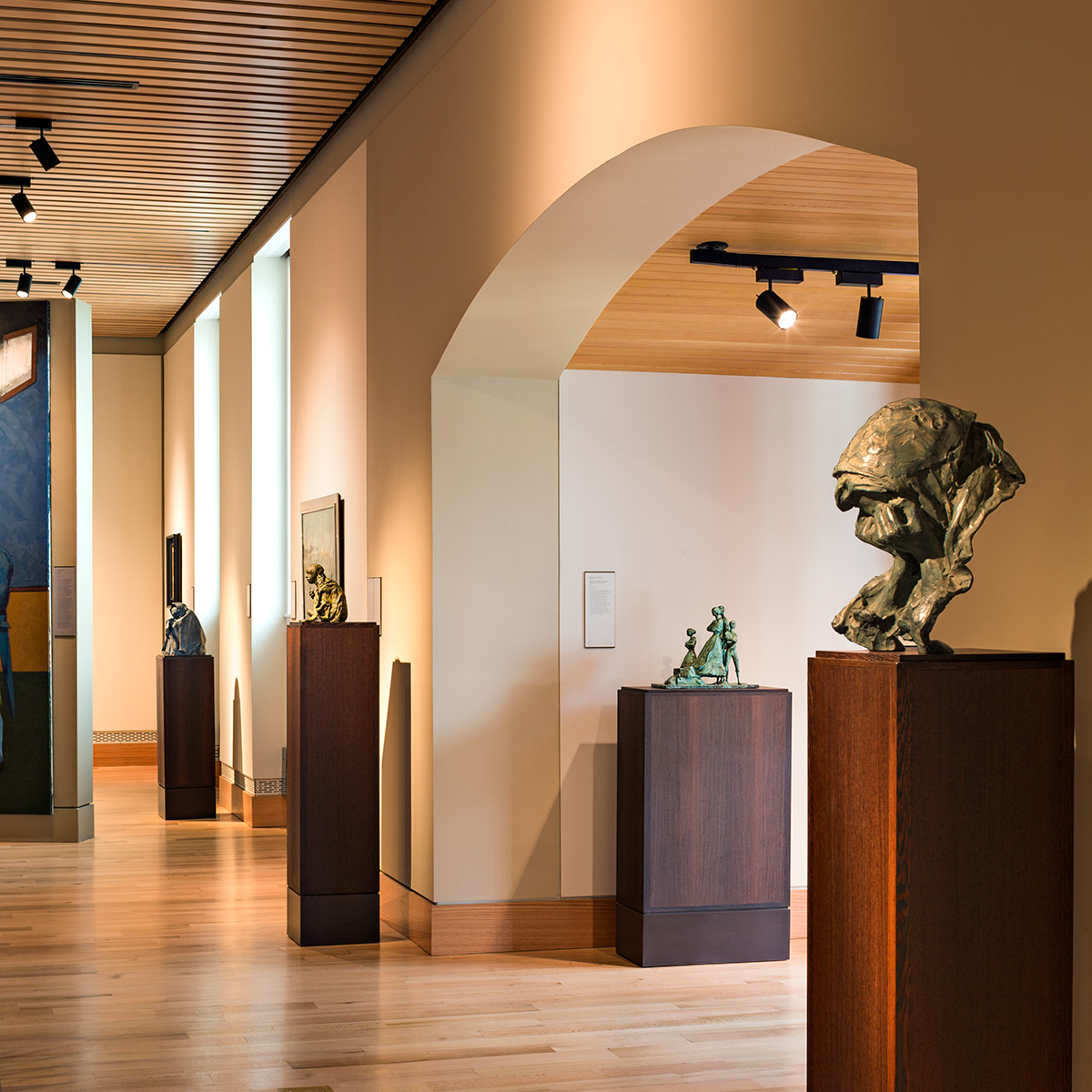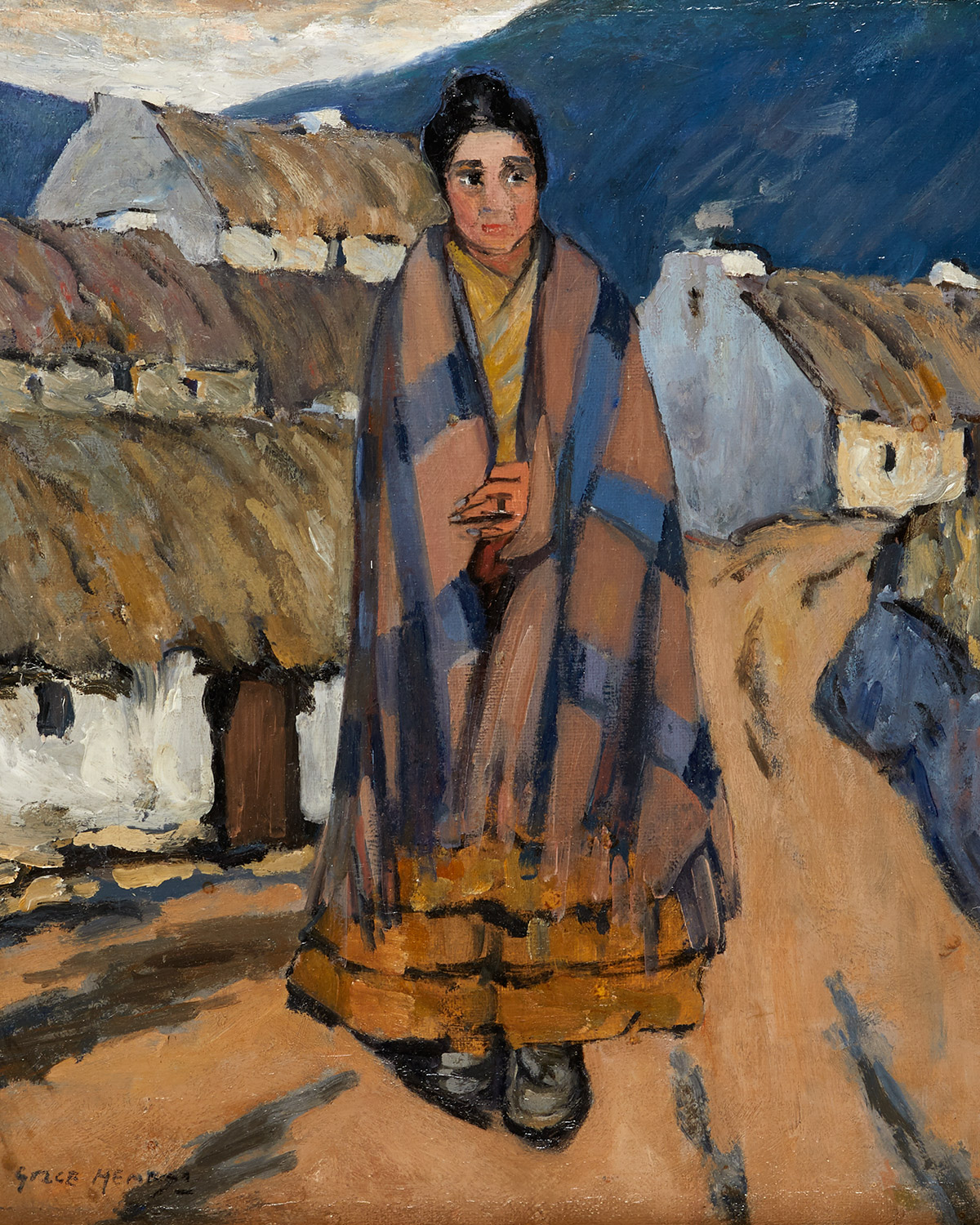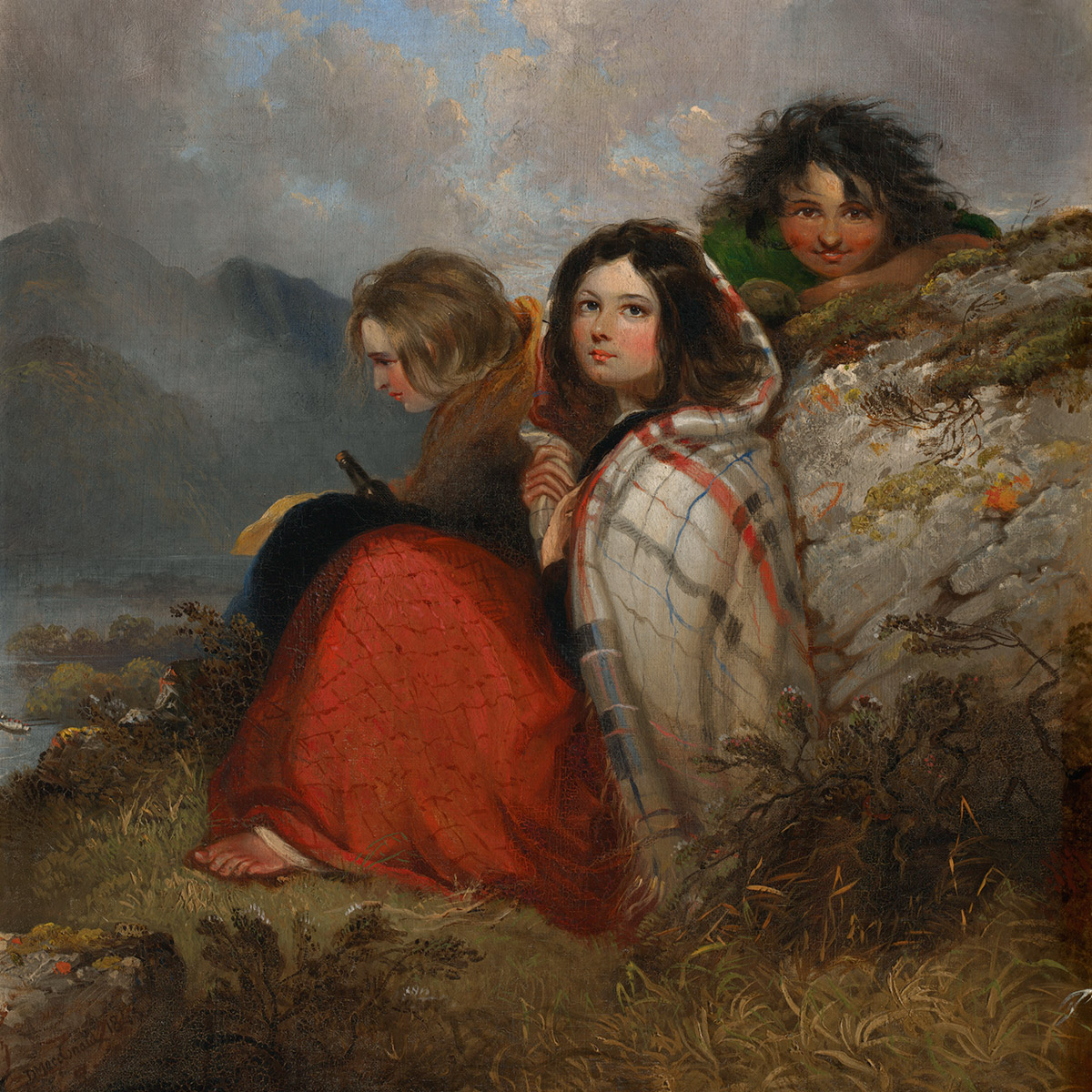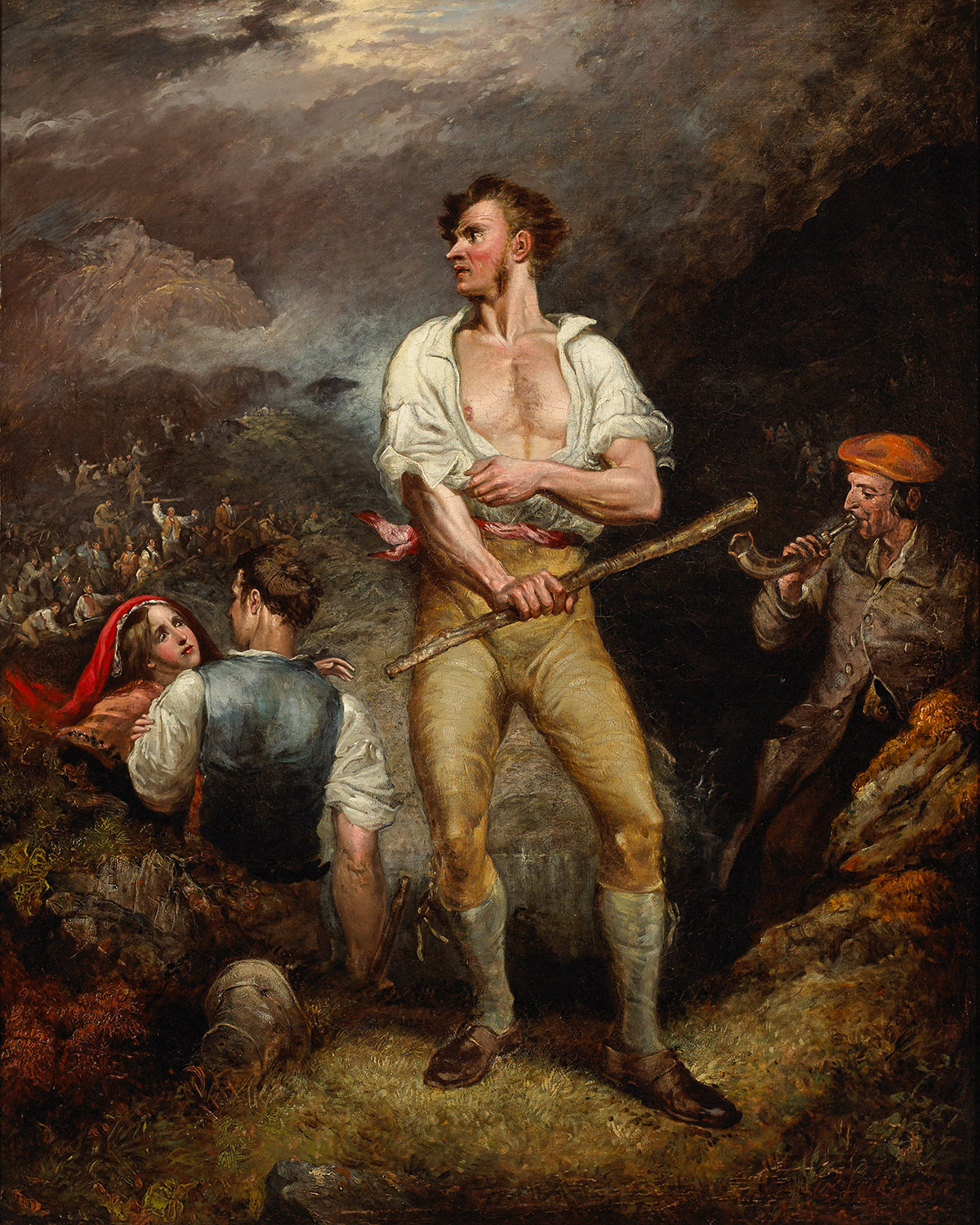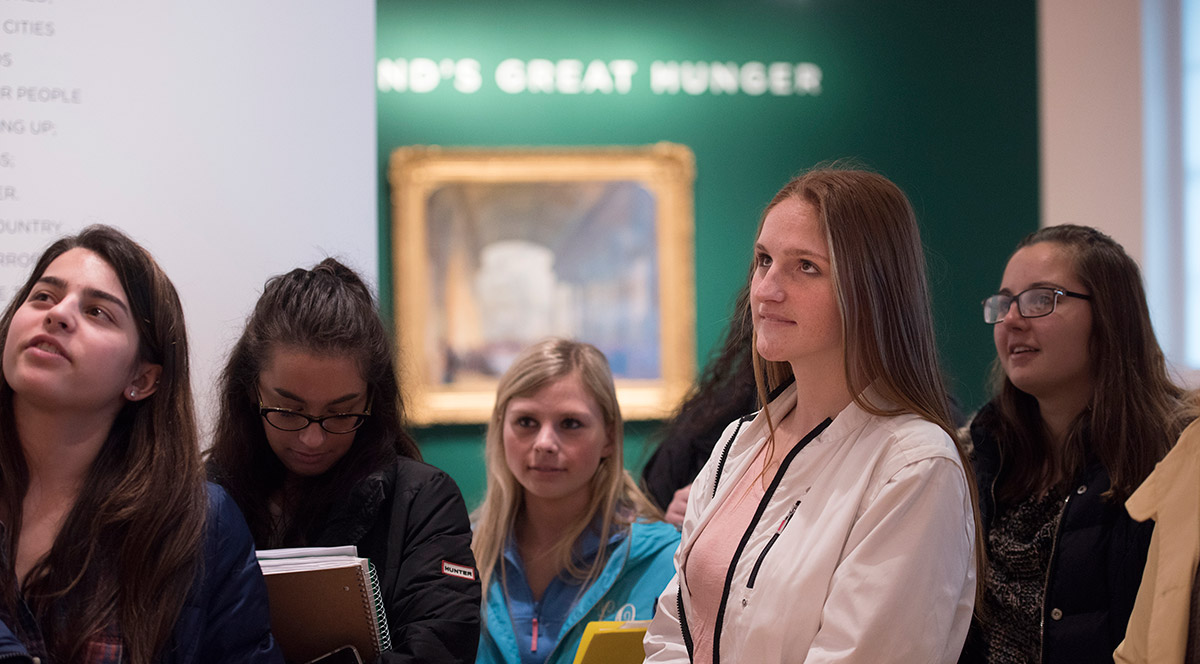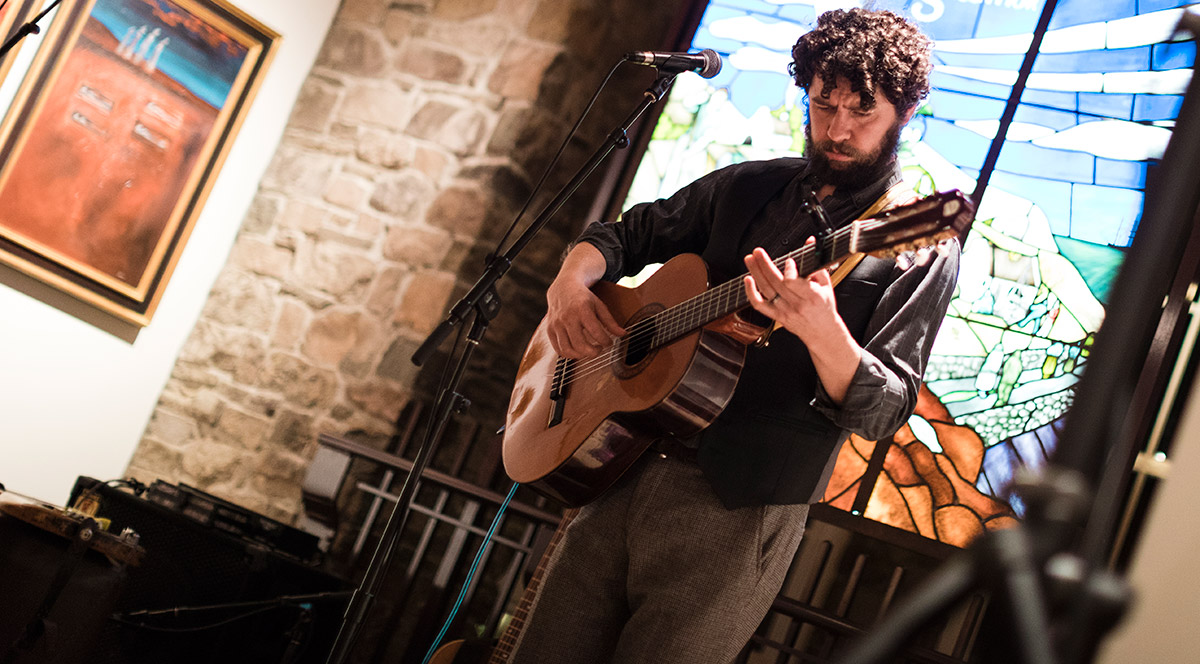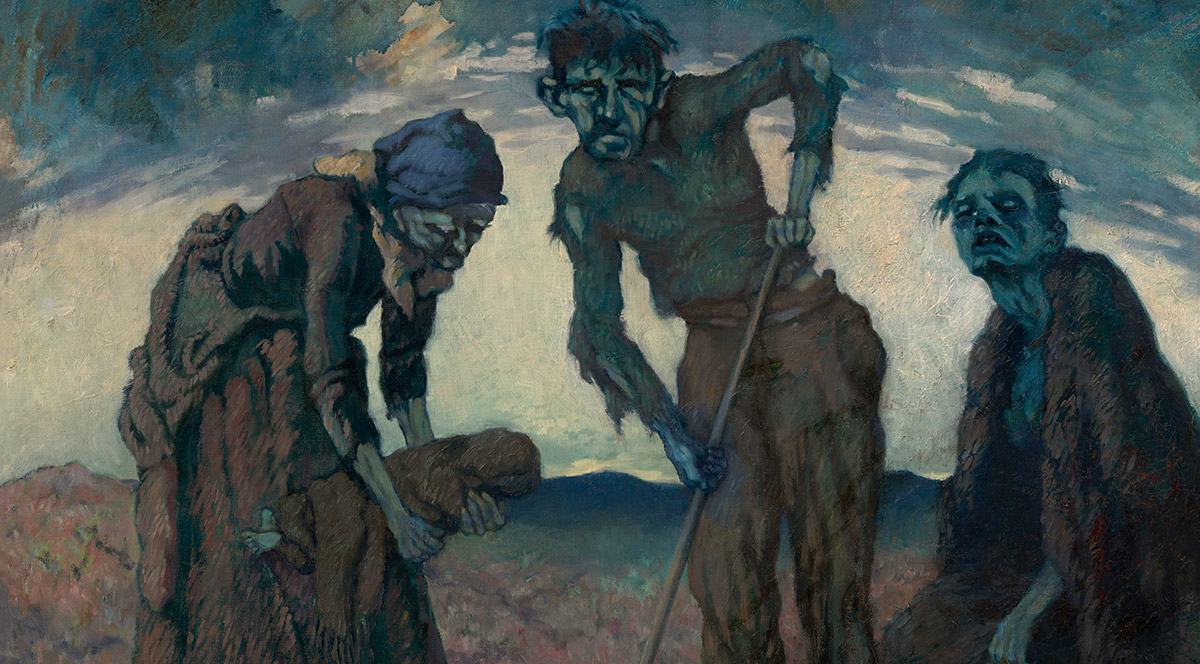Tracy Sweeney is an award-winning, visual artist based in Straide, Co. Mayo, in the West of Ireland.
Her unique, visceral, multi-media works caught the attention of the Mulvey family, based in the US, who commissioned her to create a piece for Ireland’s Great Hunger Museum, in Hamden, Connecticut. The commission was in honour of their aunt, Nancy Colleran. The connection with their ancestral home beside Sweeney’s studio in Straide was astounding, in addition to being the birthplace of Michael Davitt, founder of the Irish Land League.
Sweeney’s abstract works are held in major international collections. This is her debut exhibition in the US.
When arriving on American shores in 1848, Paddy Brennan found the same miseries that he had left behind in Ireland: bigotry, poverty and hatred. The Americans detested the Irish — and in no city were they more despised than in Boston. Now, in the 20th Century, Paddy is amazed at how quickly the Irish have come to succeed in the New World. But after a bitter argument with a bartender about Race, Paddy quickly realizes that some things never change—only the roles of those involved. As Paddy goes on to educate the young man about his own people’s wretched history in both Ireland and America, he speeds towards the dark wound in his own heart; his own horrible act of intolerance.
GO HOME PADDY, a graphic novel, is the tale of one Irish immigrant’s aching struggle to find his way in a Bostonian society that fears and hates him while desperately attempting to hold on to his own humanity. Heartbreaking, thought-provoking and ultimately uplifting, this unique narrative incorporates historical details such as the Great Hunger, the rise of the Know-Nothings, Victorian prejudices and the Great Boston Fire of 1872. GO HOME PADDY is also timely as it examines the role of immigration, race relations and religion in American society — hot political topics of today. GO HOME PADDY is a graphic novel of around 200 pages and illustrated using the Victorian simian stereotype of the Irish.
The sections of GO HOME PADDY presented here cover the main character’s journey to, and reception in, America. The narrative of Irish immigration to America is a mirror for our times, as there are parallels between the Irish experience and the vitriol currently being directed towards Hispanics, Muslims and Refugees in America and around the World. The Irish were the first major wave of immigrant refugees to come to the United States. Their faith was viewed as a foreign religion and they were seen as the front runners of a Papist Plot to take over America; very similar to the conspiratorial talk that Muslims are in the U.S. to install Sharia law. The Irish washed up on America shores in tatters; they were diseased, dirty, uneducated, unskilled and considered backwards. Americans saw them as a drain on their economic and social systems, as well as an inferior race of people. The American Nativists formed a political party with the intent of halting the Irish immigrant’s upward mobility. The Irish, once considered a true threat to the American way of life, are proof that any ethnic or religious group can become an integral part of the fabric of their chosen country.

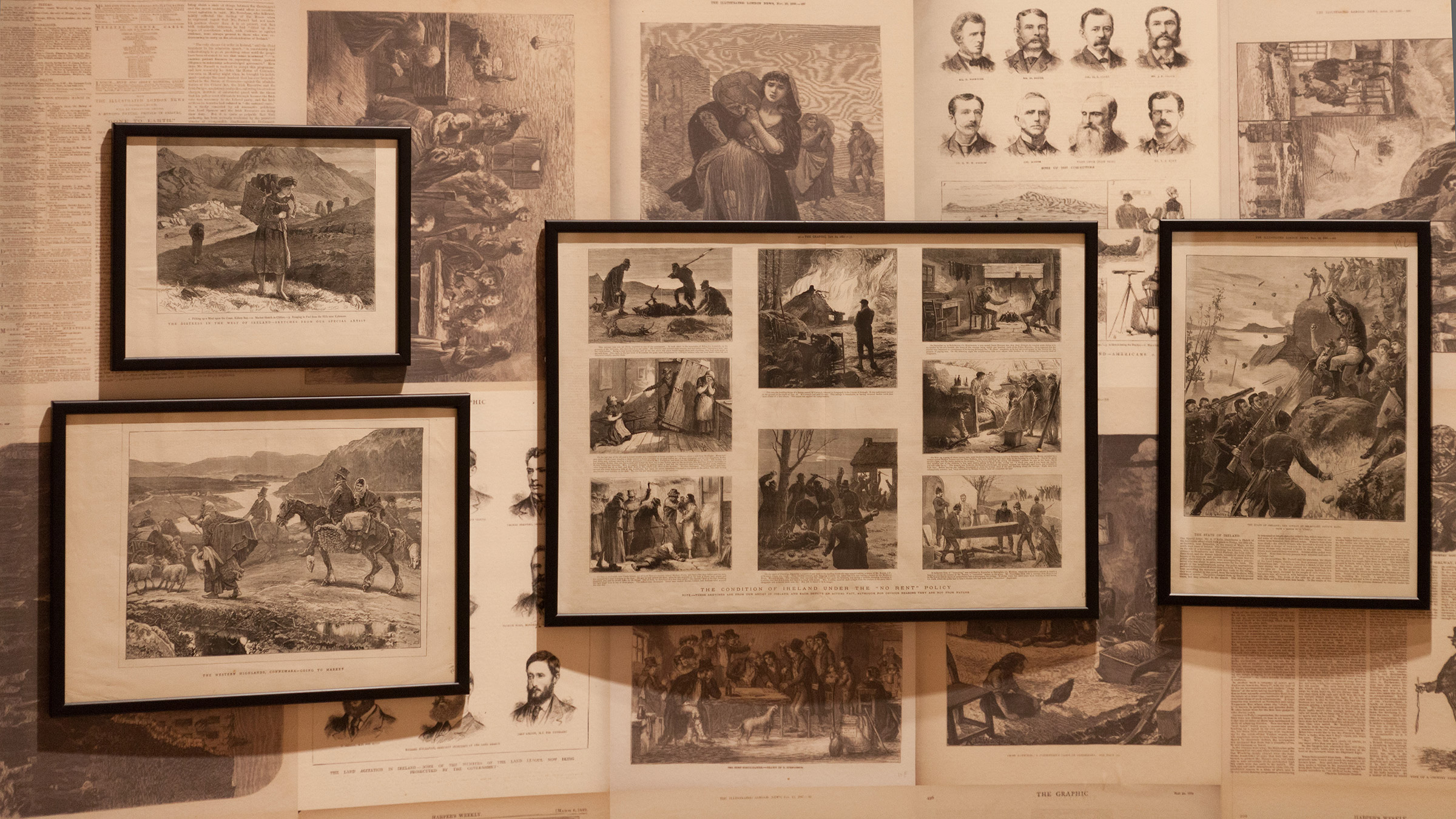
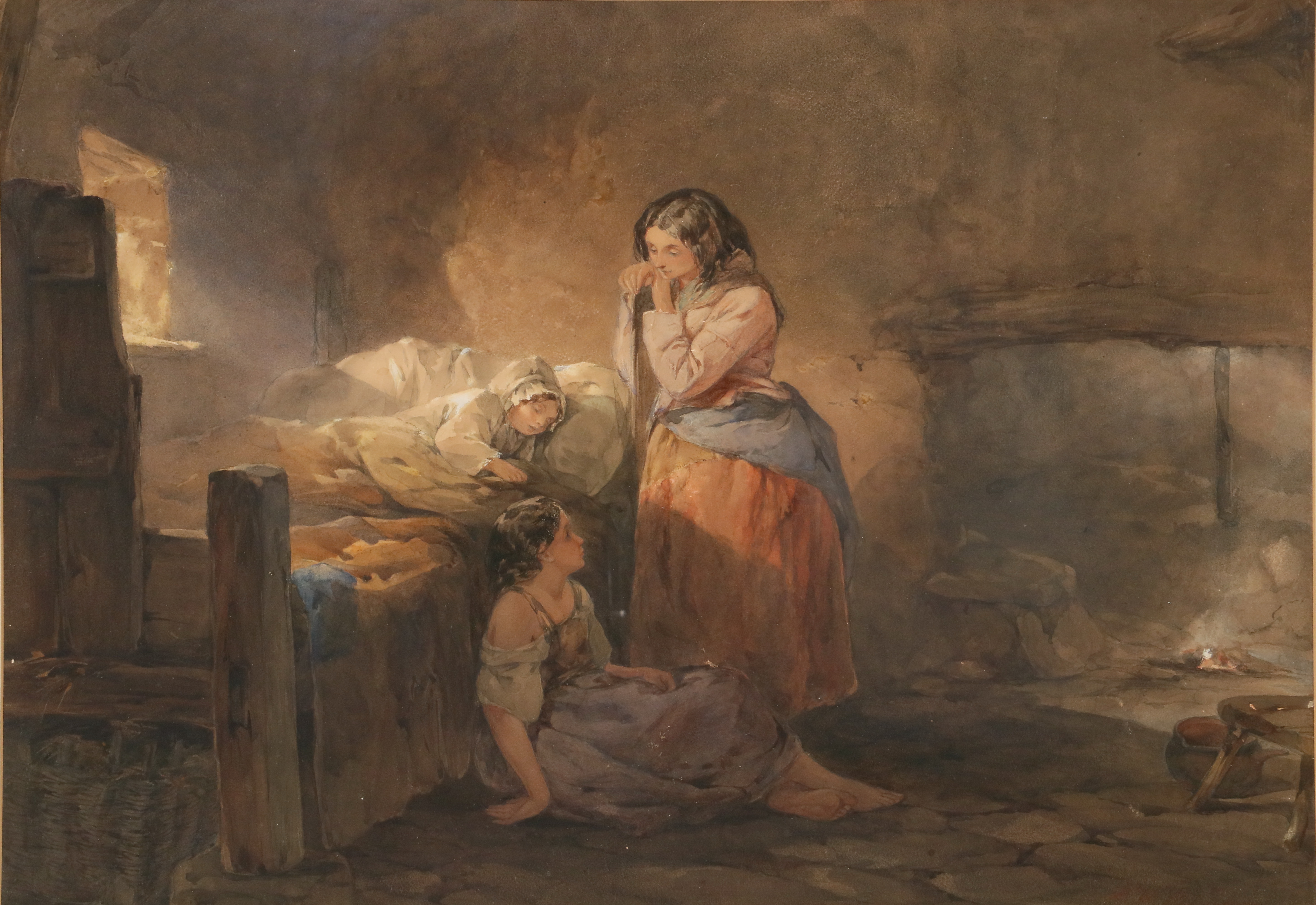
.jpg)
